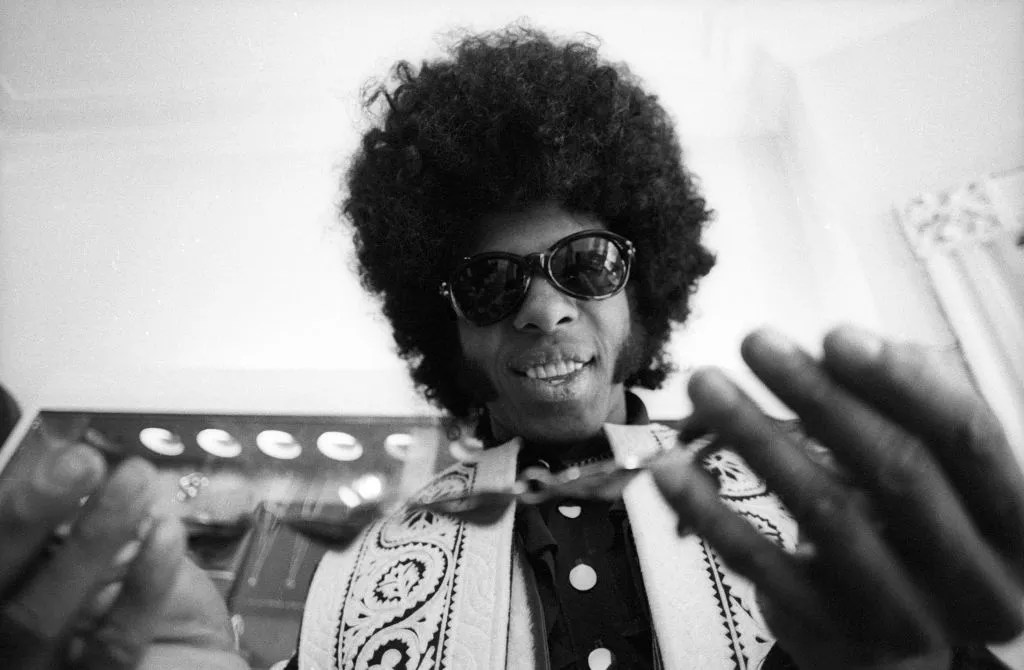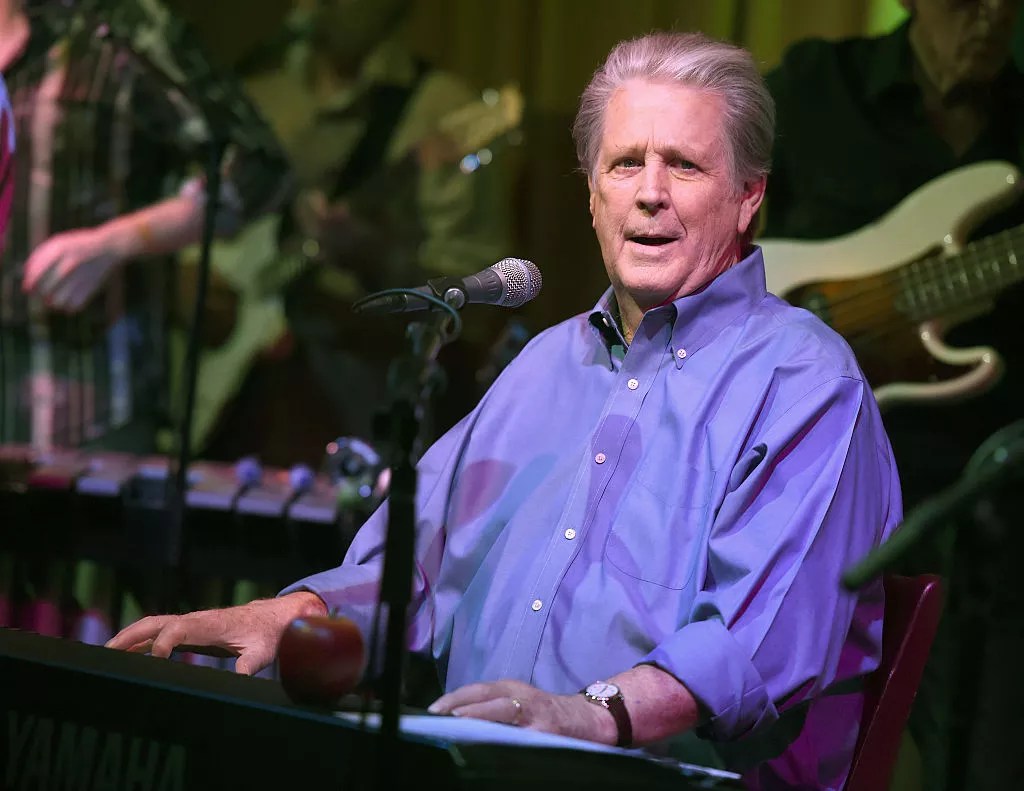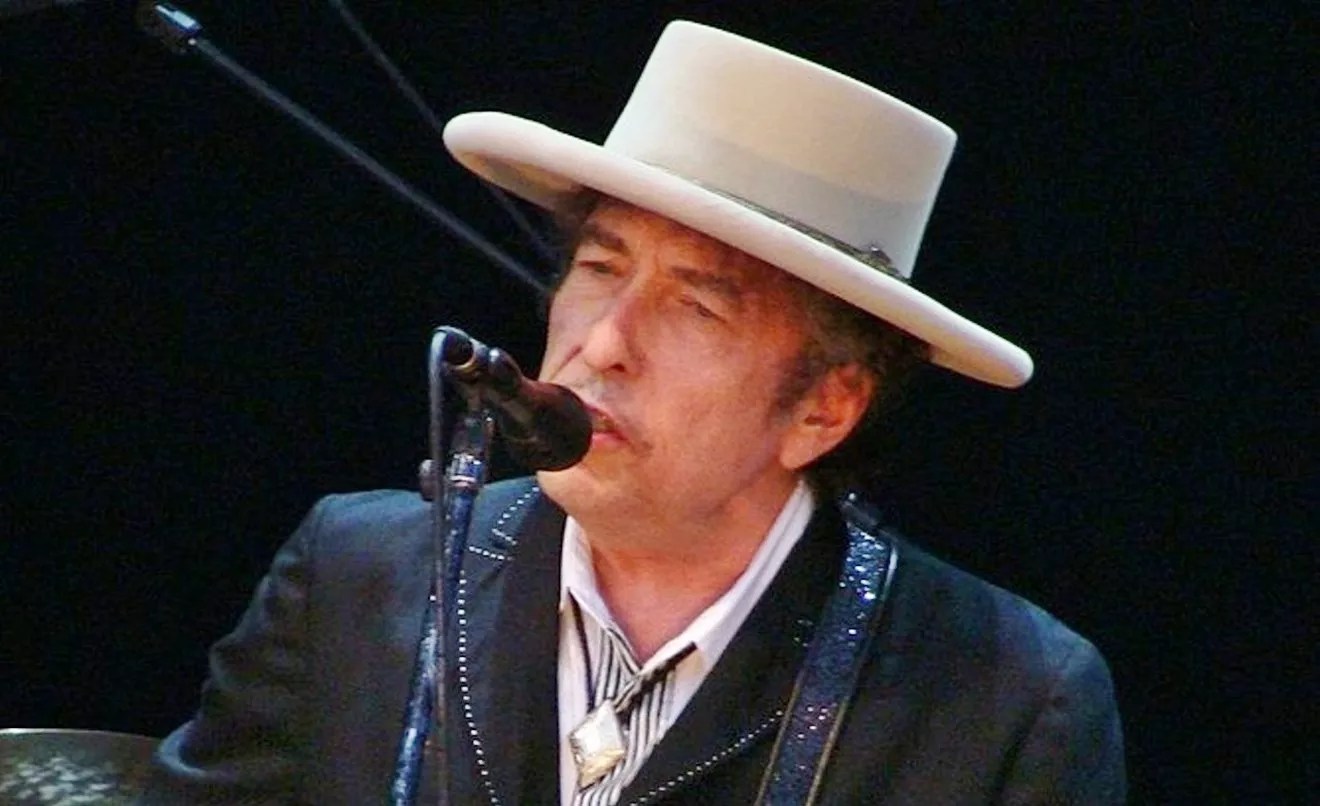
Michael Ochs Archives/Getty Images

Audio By Carbonatix
The 1960s were the most creative, turbulent, and transformative era in rock history.
Fueled by racial tensions, aversion to the Vietnam War, marijuana, and LSD, the rock acts of the decade made a lasting cultural impact. The Beatles, The Rolling Stones, The Who, the Grateful Dead, Bob Dylan, and Velvet Underground are all still relevant today – more than 55 years past their heyday. And although they’ve been dead for over half a century, Jimi Hendrix, Janis Joplin and Jim Morrison are still heavily merchandised. It’s not the least bit uncommon to see high school students wearing apparel with their likenesses.
Their faces are still everywhere – from TikTok videos to big-screen biopics to dorm room walls – but we’ve been reminded lately that these icons aren’t immortal.
When Sly Stone, Brian Wilson, and one hit wonder Lou Christie all died last month at the age of 82, it got me thinking. These weren’t just random deaths. They marked the beginning of a mass extinction – the Cretaceous Period of Rock – when the dinosaurs start dying off.
Will you step up to support New Times this year?
At New Times, we’re small and scrappy — and we make the most of every dollar from our supporters. Right now, we’re $15,500 away from reaching our December 31 goal of $30,000. If you’ve ever learned something new, stayed informed, or felt more connected because of New Times, now’s the time to give back.
In the U.S., the average life expectancy for men is about 75.8 years, while the average life expectancy in the U.K., for some reason, is higher at 78.8. And, yes, we’re using the life expectancy for men because, let’s face it, rock n’ roll was almost strictly a young man’s game back then. The only real female rock star alive today is the legendary Grace Slick, who, at 85, is not likely to be with us much longer either.

Musician Brian Wilson performs at Roadside Attraction’s “Love and Mercy” DVD release and music celebration with Brian Wilson at the Vibrato Jazz Club on October 12, 2015.
Kevin Winter/Getty Images
Almost all bands and artists who debuted during the British Invasion years (the early to mid-’60s) are past the average life expectancy, regardless of which side of the pond they call home. Former childhood prodigy Steve Winwood, an original member of the Spencer Davis Group, who released “Their First LP” (Yep! That’s the actual name of the album) in 1965, is a notable exception, but, of course, the boy wonder had just turned 17 years old when that record was released. Even Winwood is now in his late 70s.
Another whippersnapper who bears mention is Bobby Weir, who co-founded The Warlocks (later the Grateful Dead) when he was just 17. He’s now 77.
Most of the icons of the 60s were born between 1940 and 1945. That means they’re 80, about to turn 80, or already in their 80s. They’re beyond the average age of death, and the odds are catching up to them.
Let’s look at the age of some of these other prominent rockers.
- Beatles: Paul McCartney, 83, and Ringo Starr, 85
- Stones: Mick Jagger, 81 (Will be 82 on July 26th), Keith Richards, 81 (Who’da thunk it?)
- The Who: Roger Daltrey, 81, and Pete Townshend, 80
- Pink Floyd: Roger Waters, 81, and David Gilmour, 79; Nick Mason, 81
- Other British superstars: Eric Clapton, 80, Van Morrison, 79, Ray Davies, 81, and Eric Burdon, 84
- Crosby, Stills, Nash, and Young: Stephen Stills, 80, Graham Nash, 83, and Neil Young, 79
- The Doors: Robby Krieger, 79, and John Densmore, 80
- Bob Dylan, 84
- Roger McGuinn, 82 (83 on July 13th)

Bob Dylan last played in Phoenix on May 13, just before turning 84. Will he be back?
The math doesn’t lie – it’s the real last tour this time. These folks have rounded 3rd and are heading for home. Speaking of thirds, only about a third of men live to see 85, and most of these lads didn’t live the cleanest lifestyles. We’re lucky they’ve lasted this long. Almost all of them smoked cigarettes, drank, and partied like … well, rock stars. And doing so, of course, decreases life expectancy.
So brace yourself, make sure you’ve got some candles handy, and stock up on tissues because these stars are gonna be droppin’ from the sky in the next few years. They’re not just aging anymore – they’re dying off. In fact, all five classic members of The Band – Robbie Robertson, Levon Helm, Rick Danko, Richard Manuel, and Garth Hudson – have already joined that choir in the sky.
What happens when the last surviving Beatle passes away and Bob Dylan finally stops touring? Will the music fade away, or will it live on in the form of holograms and AI-generated content?
In 1958, Danny and the Juniors sang “Rock and Roll Is Here to Stay.” Did anyone at the time really believe that it would still be alive and well 67 years later? I doubt it. Rock is no longer the dominant genre. Pop and hip-hop have been outshining it for the past couple of decades, but (ahem) the heart of rock ‘n’ roll is still beatin’.
All the prominent ’50s rockers have, mercifully, passed through the gates of rock heaven. Now it’s time to say goodbye to the greats of the ’60s. These fellas weren’t just trying to get kids to dance – they embodied rebellion, experimentation, and the counterculture. They were a force of energy the likes of which we may never see again.
All Things Must Pass and this … is The End.